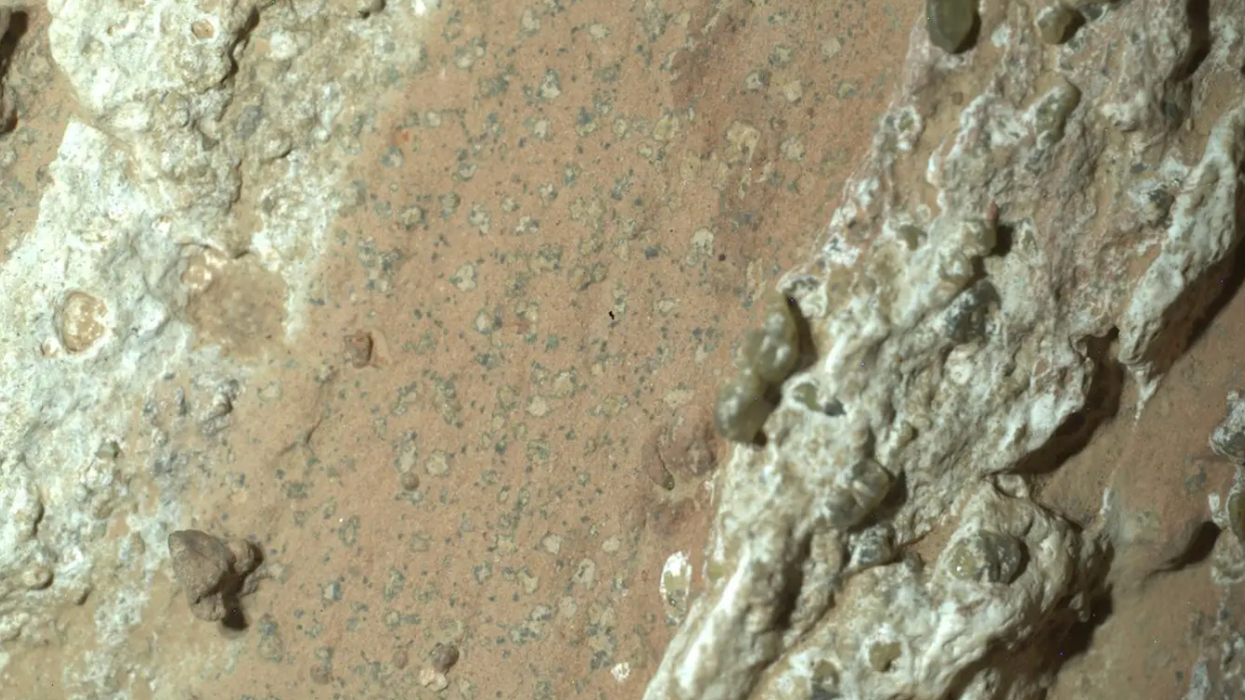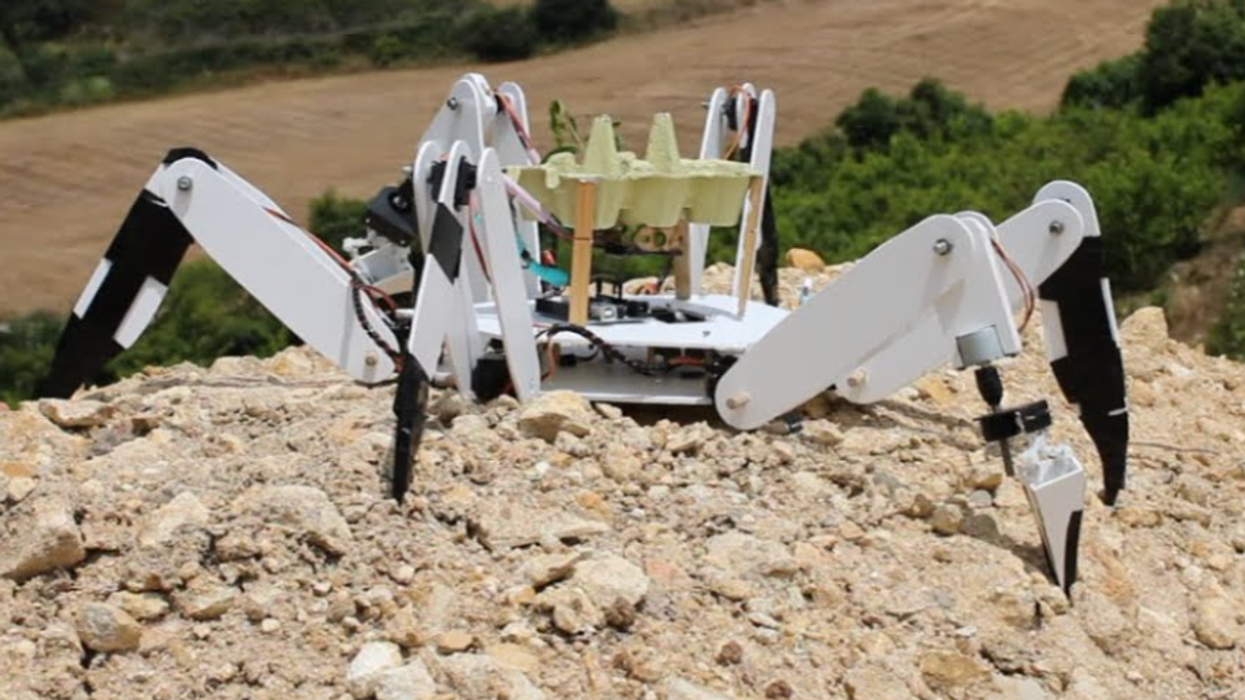Ever since humankind gazed into the stars, we’ve asked whether we were alone or if there was other life out there. Whether it was science fiction or science fact, we’ve imagined and researched to see if there was any chance or sign of life having happened outside of Earth. Now, after years of studying the Red Planet of Mars, we may have found the answer.
Upon looking at a section of Mars dubbed “Cheyava Falls,” researchers saw what looked like “leopard spots” among the usual rocks and decided to take a closer look to identify them. After closer observation and analyzing them with specialized tools, they discovered that those leopard spots were deposits of vivianite and griegite. These iron minerals are associated with microbes interacting with organic matter on Earth. After closer analysis, they found organics and carbon, two necessary items for life to exist or have existed. Given that vivianite and greigite are waste products of microbes on Earth, and those iron minerals were in proximity to organics, it’s been determined that there was once some form of life on the Red Planet.
- YouTube youtu.be
It should be noted that this material has been left behind for thousands and thousands of years, so there is no evidence yet to believe there is currently life on Mars. There is also a chance that this discovery could be due to a reaction caused by a high temperature or a heavily acidic environment, but the chemistry told the researchers that this is not the case.
“After a year of review, they have come back and they said, 'Listen, we can’t find another explanation,'" said Acting NASA Administrator Sean Duffy to CNN. “So this very well could be the clearest sign of life that we’ve ever found on Mars, which is incredibly exciting.”
- YouTube youtu.be
The “poppy seed” rock sample, called Sapphire Canyon, was initially uncovered by NASA’s Perseverance Mars rover. Since 2021, Perseverance has been exploring the Neretva Vallis river valley. This region once flowed water into Jezero Crater over 3 billion years ago, and the sample was found on the outskirts of the area. Upon the rock sample’s discovery, Perseverance analyzed it using the PIXL (Planetary Instrument for X-ray Lithochemistry) and SHERLOC (Scanning Habitable Environments with Raman & Luminescence for Organics & Chemicals) tools for scientists to determine its makeup. That said, NASA believes further testing and exploration are still planned.
“Astrobiological claims, particularly those related to the potential discovery of past extraterrestrial life, require extraordinary evidence,” said Katie Stack Morgan, Perseverance’s project scientist at NASA’s Jet Propulsion Laboratory in Southern California. “Getting such a significant finding as a potential biosignature on Mars into a peer-reviewed publication is a crucial step in the scientific process because it ensures the rigor, validity, and significance of our results.”
- YouTube youtu.be
There is still plenty of Mars left unanalyzed and ripe for exploration. Over time, perhaps we will figure out if there was more life out there and possibly learn more about not just the world around us, but the galaxy around us, too.


















 Older woman drinking coffee and looking out the window.Photo credit:
Older woman drinking coffee and looking out the window.Photo credit:  An older woman meditates in a park.Photo credit:
An older woman meditates in a park.Photo credit:  Father and Daughter pose for a family picture.Photo credit:
Father and Daughter pose for a family picture.Photo credit:  Woman receives a vaccine shot.Photo credit:
Woman receives a vaccine shot.Photo credit: 
 Image artifacts (diffraction spikes and vertical streaks) appearing in a CCD image of a major solar flare due to the excess incident radiation
Image artifacts (diffraction spikes and vertical streaks) appearing in a CCD image of a major solar flare due to the excess incident radiation
 Yonaguni Monument, as seen from the south of the formation.
Yonaguni Monument, as seen from the south of the formation. 




 A soldier relaxes on his bedCanva
A soldier relaxes on his bedCanva Gif of a child breathing deeply via
Gif of a child breathing deeply via